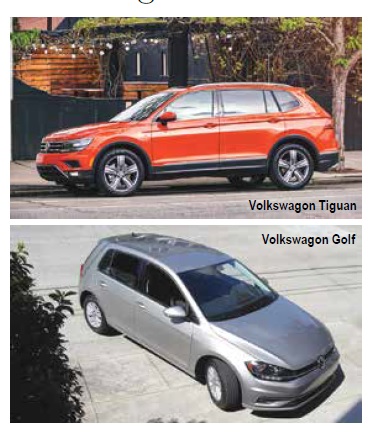 By Philip Ruth–
By Philip Ruth–
This June, it’s a two-fer of occasions for reflection. Anniversaries like this paper’s 40th, as well as the high holy holiday of Pride, can refocus one’s priorities. This is my 19th San Francisco Pride, and it has become more of a yearly milestone than the first year’s cathartic howl. But it remains a positive affirmation for my sexuality and the community that shares it.
Another kind of affirmation was described to me by a fellow single 40-something, who purchased a Volkswagen Atlas, the company’s large three-row SUV. He upgraded, despite his previous mid-sized sedan being pleasant enough, and even his parents asked him why he opted for such yawning capacity when he rarely did not drive alone.
“That third row,” he said, “is for when I want to take all my friends out to dinner.” He hadn’t yet had that night out after almost a year of ownership, and he sheepishly said there were no plans for it. That marks his Atlas as an aspirational purchase, which affirms the lifestyle of his targeted best self.
I’m all for aspirations, but I strongly recommend disconnecting them from something with a monthly payment because it then becomes a competition—the endurance of the imagery versus the persistent financial draw. And if that Atlas is eventually sold without what would calculate to be a phenomenally expensive evening out, it ends up as an ultimately unsatisfying experience.
This question extended further down the Volkswagen chain as I sampled a Tiguan and a Golf. Crossovers like the Tiguan are forcing sedans into their sunset years, as the separate trunk gives way to the more cocoon-like two-box shape. The Golf is a more traditional hatchback that nevertheless shares the Tiguan’s overall concept.

As if to put a finer point on the question presented here—how much Volkswagen do you really need?—the test car sidestepped the usual pimped-out presser to be a baseline Golf TSI S with no options and a sub-$22K price. That contrasts with the just-over-$37K price of the fancy Tiguan 2.0T SEL Premium, which like the aforementioned Atlas has three rows of seats and niceties like a 10-way power driver’s seat.
Both the Tiguan and Golf are satisfying in the typical Volkswagen ways. The company’s shocking betrayal of the global public trust with its sneakily over-polluting diesels continues to be ameliorated by the solidity and driving fun evinced by its vehicles. Both are based on VW’s MQB universal platform, and so they feel similarly confident and controlled, as German cars usually do.
Besides the extra room, I actually would spend more for the Tiguan’s higher driving position. These days, the streets of San Francisco feel like the inside of a popcorn popper, with pedestrians and bicyclists and scooters and skateboarders all vying for patches of pavement. A better view ends up being a big help.
It comes down to cleaving through societal persuasions to affirm your own needs. Come to think of it, that’s an apt sentiment for Pride as well.
Philip Ruth is a Castro-based automotive photojournalist and consultant (www.gaycarguy.com). Check out his automotive staging service at www.carstaging.com
Recent Comments